China’s Belt and Road Initiative: Impact on Pakistan Economy
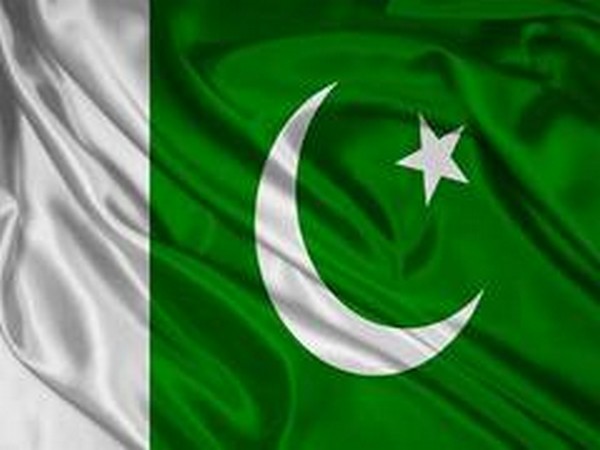
There is a relatively new revelation that along with debt burden, the major Belt and Road Initiative (BRI) countries are also facing ever rising trade deficit. Merged with debt trap, the trade trap associated with BRI investments have jolted the financial stability of Pakistan and many other BRI countries. In contrast to a debt trap, a trade deficit trap is a situation being experiencing by many of the countries who relied heavily on China for investments. In this situation a country experiences an ever widening trade deficit after its newly built infrastructure projects are completed. Pakistan is one among such countries that faces severe deficit in trade balance too, especially with China.
Notwithstanding the fact that many developing BRI countries are facing a debt trap like situation and financial hardships, Beijing rejects the allegations of debt trap on BRI as “senseless and baseless”. However, the fast deteriorating Pak indicators in recent times along with some other countries including Sri Lanka, prove otherwise. Further, countries which borrowed heavily under the BRI to construct trade and transportation infrastructure are now reeling under burden of debt servicing as their newly built infrastructure failed to generate enough trade and revenue to service their debts. The impact of such situation on Islamabad’s scarce foreign exchange reserves weighs very high amidst the ongoing economic crisis. Now parallels are being drawn between Sri Lanka and Pakistan.
Pakistan is continuously recording unsustainably high trade deficit with China. Factors responsible for Pak’s burgeoning trade deficit include a strong currency, weak productivity, intense foreign competition, etc., particularly with China. Recently a study conducted by the American think-tank, Foreign Policy Research Institute’s Felix K. Chang, titled ‘Deficit Trap : Trade Balances and China’s Belt and Road Initiative’, highlighted the impact of BRI infrastructure projects in Africa and Asia on trade deficit. The study revealed that Islamabad’s trade balance with China deteriorated by 164% in 2021 compared to 2013. It is not different in African and Central Asian BRI countries, but in their case the worsening of trade deficit has been less acute. The report noted that Pakistan’s trade imbalance was the worst in comparison with some of other BRI beneficiaries like Angola (34%), Kenya (106%), Kyrgyzstan (47%) and Sri Lanka (41%).
The alarming Pak trade deficit is mainly due to two reasons. One that Pakistan’s export basket is small as compared to China and two that BRI projects consisted of input buying clauses by Chinese firms implementing them in Pakistan by Chinese companies only. Islamabad’s small export basket is attributed to lack of industrialization and diversification of the Pak economy.
Ideally, the newly built infrastructure under the BRI should have improved trade by reducing trade barriers and lowering the cost and time needed to move goods. However, it was a fallacious proposition. In the absence of diversified industrial sector and export basket and several other facilitating factors, this proposition did not prove correct in many developing BRI countries. Pakistan is also a standing example of the same. Besides, producers in Pakistan are facing new and intense international competition, especially from China. This happens when a country could not manage the speed with which its local businesses are exposed to greater foreign competition.
China has many comparative advantages which other BRI countries do not enjoy due to development asymmetries with China. China has built up, over the years, substantial competitive advantages and is a giant industrial manufacturer and has technologically advanced industrial firms. Due to these development asymmetries, China benefits more from BRI projects than other so-called beneficiary countries. Countries line up to borrow from ‘Chinese banks’ at commercial rates to hire ‘Chinese construction firms’ to build infrastructure that enabled ‘Chinese manufacturers’ to more easily export their goods to those countries and, in doing so, enabled China to expand its sphere of influence. BRI is a “win-win” for Chinese financial and manufacturing sectors at the cost of rising debt burden and trade deficit for developing BRI countries, eventually giving strategic leverages to China.
Pakistan is clearly under disadvantageous position while trading with China as Pak industries are not diversified enough and competitiveness of Pak products remain low in terms of cost of production and quality both. Although CPEC has seen building new infrastructure, rail-road or seaports, it did not help to boost trade. The local manufacturers would either have to find a way to quickly boost their competitiveness otherwise, there is risk of falling into a downward spiral of lower earnings and returns on investment and losing competitive ability, both in local and foreign markets.
Considering China’s over USD 60 billion investments in the China-Pakistan Economic Corridor since 2013, Pakistan should have exported more of manufactured products to China by now. However, only a handful of its BRI-funded transportation infrastructure projects were ever entirely finished while Pakistan’s trade deficit with China has bourgeoned due to sharp increase in imports from China. It is also alleged that Islamabad utilized the Chinese funds to repay old debt/loans.
Even in agricultural exports, Pakistan has its limitations. A study involving impact assessment of BRI infrastructure on Pakistan found that agricultural exports to China decreased over the years. Islamabad failed to fully capitalize potential Chinese agriculture market, mainly due to lack of productivity and quality issues, despite concessions offered by Beijing. Also other BRI countries like Kirgizstan took advantage of Beijing’s tariff concessions and flooded the Chinese markets with their cheap agricultural exports.
The realization of potential benefits from transportation development under CPEC has also been affected by several other challenges. Islamabad’s constraints, including security, political instability, complex regulatory frame work, lack of effective governance and low credit risk ratings played a role in increasing the overall trade deficit.
Pak structural deficiencies are also adding to the trade deficit burden. It’s ‘boom and bust’ cycles are marked by increasing and accelerating growth of imports, with successive governments supporting the overvalued national currency. The manufacturing sector has been shrinking over the past two decades. Islamabad is now slowly moving into Chinese ‘trade deficit’ trap. At this stage, critics point out that Beijing has to do more to avoid the potential for not only debt traps, but also building up of trade deficit traps, if the BRI is to remain attractive and gather momentum.
Source: IFFRAS
Comments
Historic Tibetan Buddhist monastery is being moved to make way for dam

Europe for Tibet campaign launched In Brussels
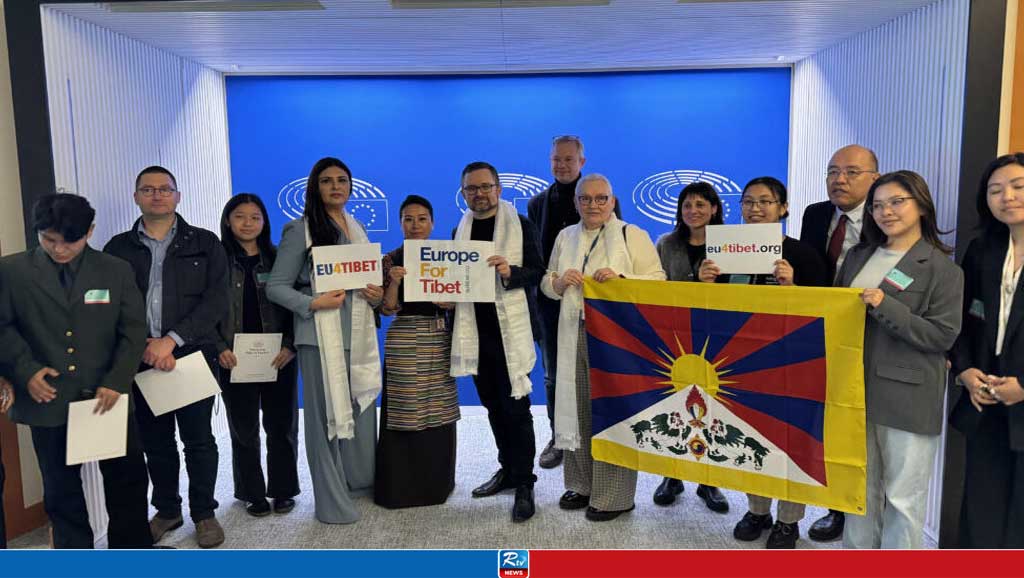
EU pledges €3.5 billion to protect world's oceans
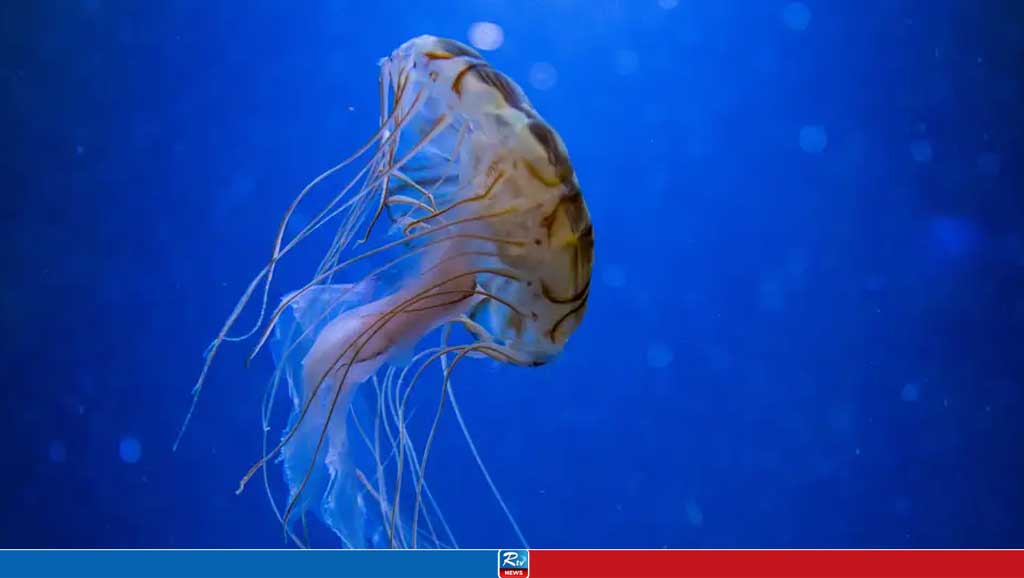
China’s gold markets under strain
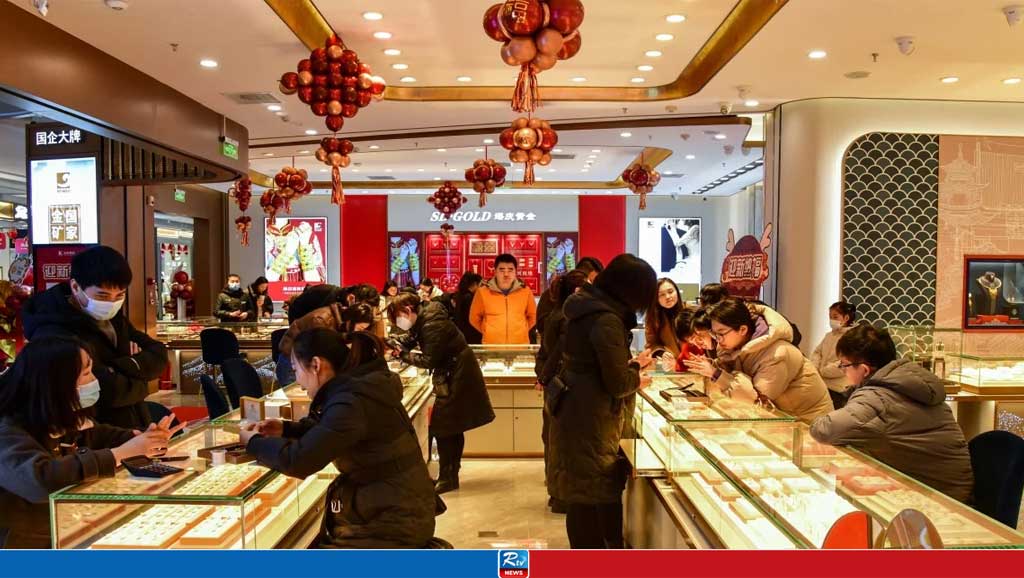
Chinese exodus leaves Cambodia boomtown with 500 'ghost buildings'
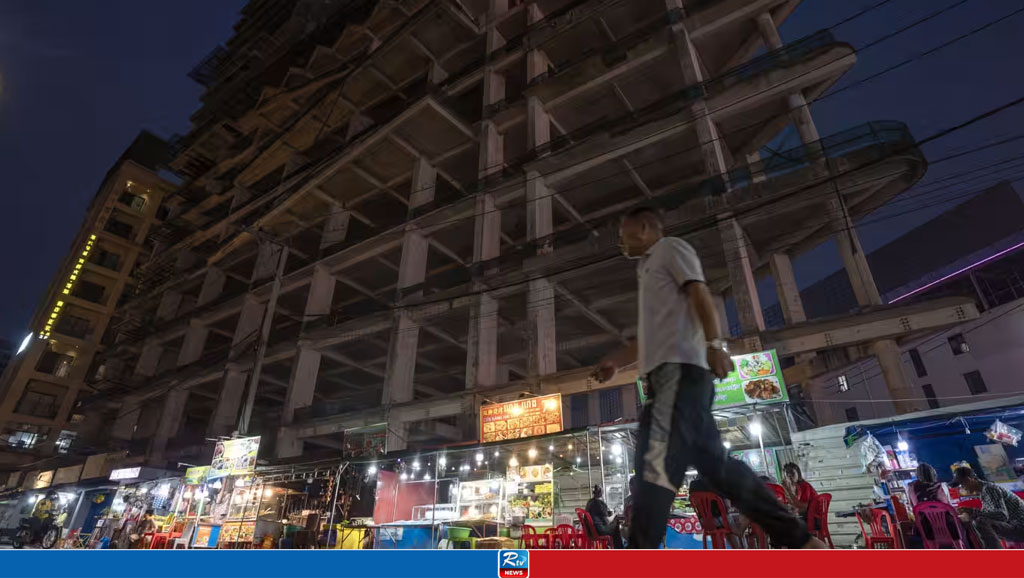
Canada Must Strengthen Its Response to Transnational Repression from China

Chinese authorities arrest 4 Tibetans for protest over land grab
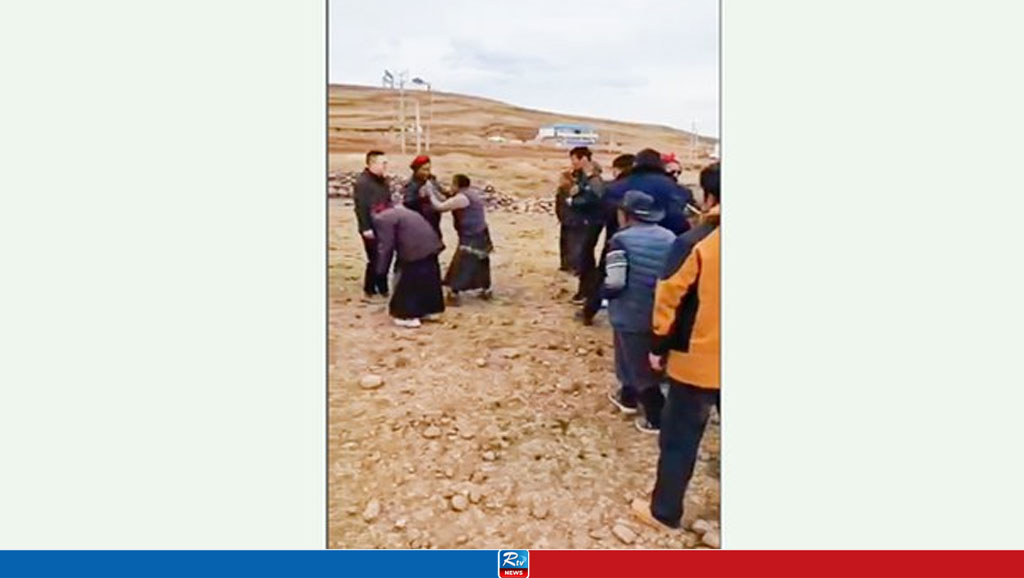

 Live Tv
Live Tv




